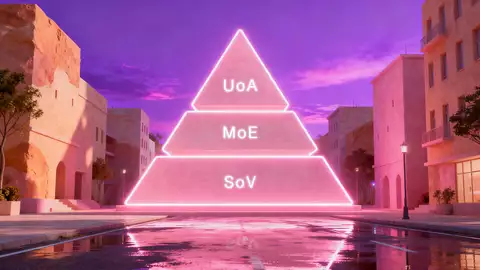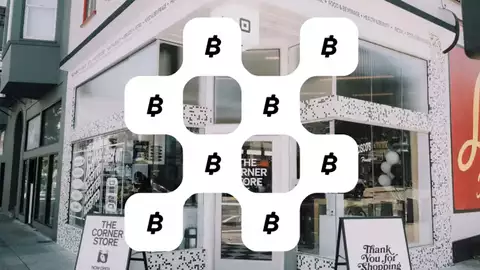
Exploring UMA: A Primer on Universal Money Addresses
Posted about 2 years ago by LN+
In the evolving landscape of digital finance, the Universal Money Address (UMA) is a new brand new protocol spearheaded by former Paypal president David Marcus's, and current CEO of Lightspark. Designed to streamline the process of bitcoin transactions, UMA offers a unique approach to sending and receiving payments. Here’s a closer look at what UMA is and how it works.
Understanding UMA
At its core, UMA is a protocol that borrows from the concept of Lightning Addresses, known from the LUD-16 standard, with a distinct identifier - the $ sign. An UMA looks something like $alice@somewallet.com, which is intended to function as a recognizable and user-friendly payment address.
With an UMA-enabled account, you can send funds to anyone else with an UMA in any currency supported by your wallet providers. Payments can be sent domestically or international currently in 45 countries. UMAs are an easy solution for sending and receiving money across borders, simplifying the complicated process of money transfers for people and enabling instant, low-cost payments.


The Format of UMA Addresses
- UMA Addresses begin with a $ to differentiate from traditional email addresses.
- They are case-insensitive and primarily written in lowercase.
- The format follows the $<username>@<domain> structure, mirroring the familiar email format.

The Role of the Bitcoin Lightning Network in UMA
The integration of the Bitcoin Lightning Network within the Universal Money Address (UMA) system is pivotal for enhancing bitcoin payment processes. Here's a succinct look at its role:
- Speed and Efficiency: UMA leverages the Bitcoin Lightning Network to expedite bitcoin transactions while keeping costs low. This integration is particularly beneficial for users looking for rapid and affordable bitcoin transfers.
- Streamlined Transactions: By utilizing the off-chain capabilities of the Lightning Network, UMA ensures that transactions are swift and do not congest the Bitcoin network, thus maintaining scalability.
- Compatibility with Lightning Addresses: UMA addresses align with Lightning Addresses, allowing for a seamless transition between UMA's user-friendly interface and the robust Lightning Network.
- Security: The private nature of the Lightning Network's channels brings an added layer of security to UMA transactions, keeping them safeguarded against potential threats.
In essence, the Bitcoin Lightning Network is not just a feature within UMA; it's the backbone that provides speed, cost-efficiency, and a smoother bitcoin transaction experience for users.
The Role of UMA SDK
The UMA SDK serves as a tool to validate and process UMA addresses. It ensures that addresses meet the format requirements and provides functions for initiating and receiving payments within the guidelines of the protocol.
Security Measures
Securing transactions in the UMA ecosystem involves the generation of secp256k1 key pairs, used for signing and encrypting data. The SDK includes functionalities for handling these keys, which are vital for maintaining the security and privacy of transactions.
The Payment Flow with UMA
Starting a UMA transaction begins with an lnurlp request. This initial communication retrieves necessary details from the recipient's VASP (Virtual Asset Service Provider) and sets the stage for the subsequent payment steps. The request includes details such as the UMA protocol version, a nonce for security, and a signature for verification.
UMA's Potential
UMA is an emerging protocol in the bitcoin space, and its adoption could potentially simplify transactions across borders and currencies. Its resemblance to email addresses may also lower the barrier to entry for users new to bitcoin. However, the long-term impact on the financial landscape remains to be observed depending on how many institutions are willing to integrate the new protocol.
Read more about UMA on the announcement blog post.
Read more about UMA on the announcement blog post.
0 Comments
Please login to post comments.

Lightning Network Node
LightningNetwork.Plus
Rank: 5 / Titanium
Capacity: 35,000,000 SAT
Channels: 7
Latest news
Channel Rebalancing 101: Practical Strategies for Better Routing
Posted 26 days ago
From Digital Gold to Digital Cash: Why the Lightning Network’s Moment Has Arrived
Posted about 1 month ago
Square Launches Lightning-Powered Bitcoin Payments: Zero Fees Until 2027
Posted 2 months ago
Introducing Telegram notifications
Posted 3 months ago
Introducing Nostr DM notifications
Posted 3 months ago




